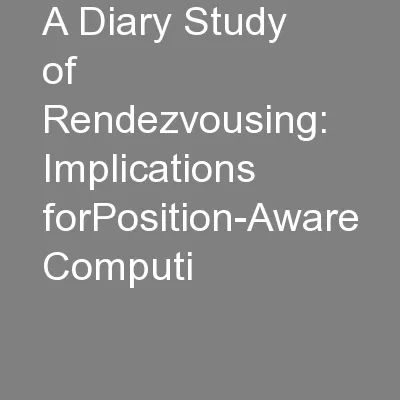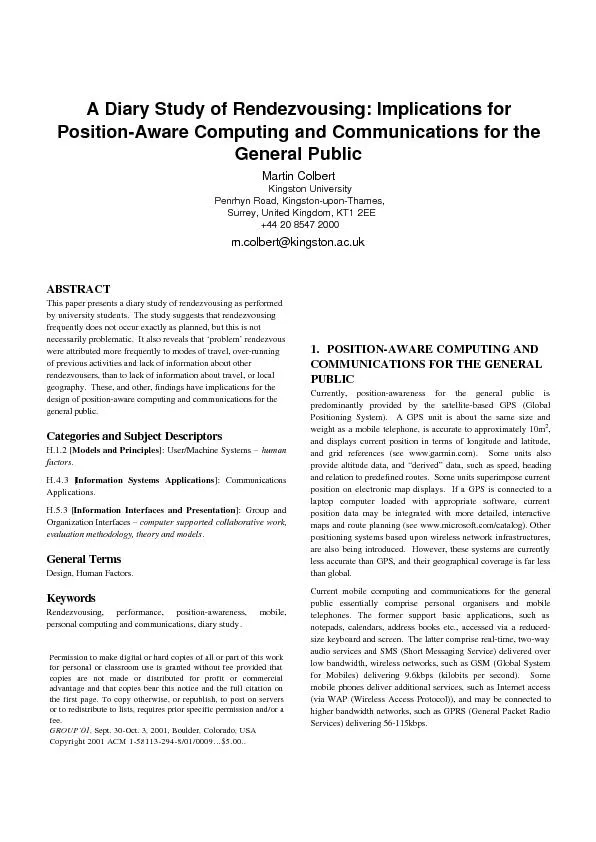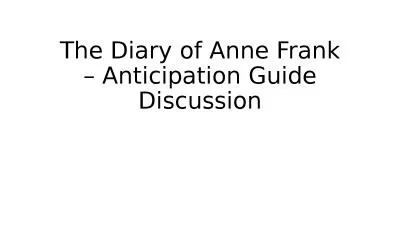PDF-A Diary Study of Rendezvousing: Implications forPosition-Aware Computi
Author : alida-meadow | Published Date : 2016-07-21
Forthcoming generations of positionaware mobile devices for thegeneral public are likely to be far smaller and lighter and moreclosely integrated At the time of
Presentation Embed Code
Download Presentation
Download Presentation The PPT/PDF document "A Diary Study of Rendezvousing: Implicat..." is the property of its rightful owner. Permission is granted to download and print the materials on this website for personal, non-commercial use only, and to display it on your personal computer provided you do not modify the materials and that you retain all copyright notices contained in the materials. By downloading content from our website, you accept the terms of this agreement.
A Diary Study of Rendezvousing: Implications forPosition-Aware Computi: Transcript
Download Rules Of Document
"A Diary Study of Rendezvousing: Implications forPosition-Aware Computi"The content belongs to its owner. You may download and print it for personal use, without modification, and keep all copyright notices. By downloading, you agree to these terms.
Related Documents














